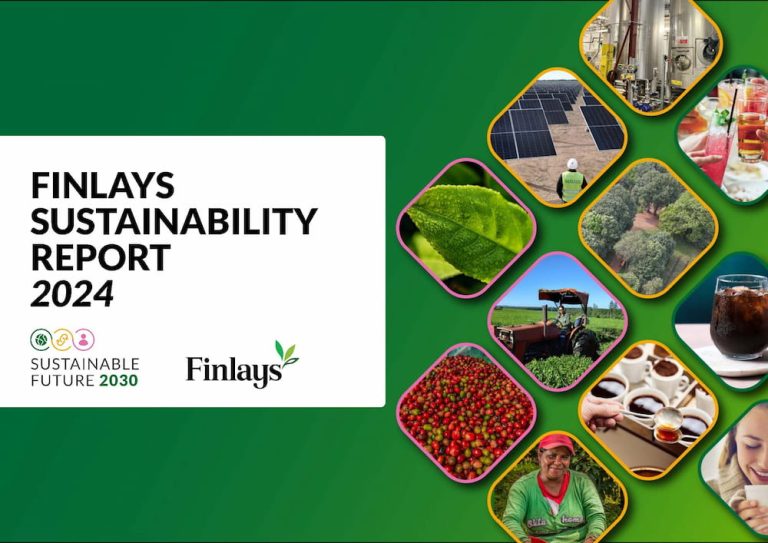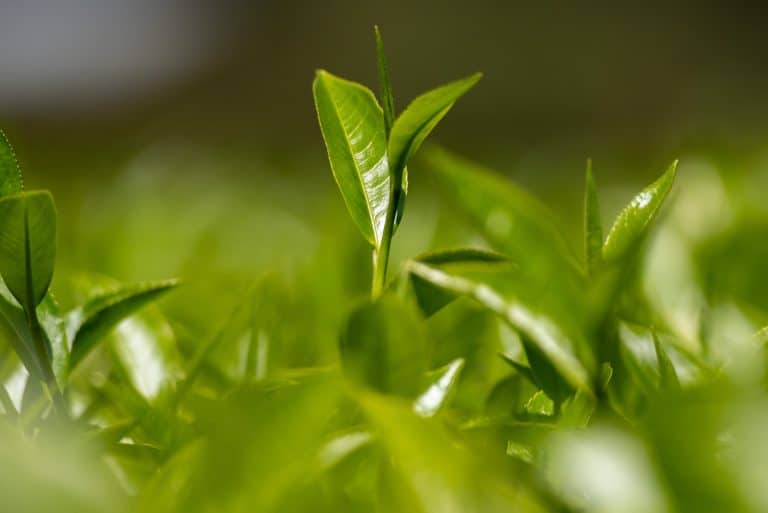Following our recent article about the “Waves of Coffee“, we’re sharing its sibling article all about the “waves of tea”. Words by Helen Hume, Group Head of Leaf Tea at Finlays.
Discovered over five thousand years ago in China, tea is a global phenomenon, second only to water in popularity worldwide.
Yet while the five “waves of coffee” are well-established and broadly agreed, the same cannot be said of tea. Given its undeniably rich cultural heritage, we think this is an oversight, and one we set out to correct by defining what we believe to be the “waves of tea”.
First wave – tea drinking emerges in ancient China. Legend has it that tea drinking was discovered by Emperor Shennong around 2737 BC. By the time of the Han Dynasty (206 BC – 220 AD) tea had become popular as a medicinal drink.
Second wave – democratisation of tea in China. By the time of the Tang Dynasty (618 – 906 AD), tea became widely available within China and became a central part of everyday life. Loose leaf tea emerged and the leaves started to be roasted. Around this time, tea was introduced to Japan.
Third wave – advances to production techniques. During the Song Dynasty (AD 960-1279) loose leaf tea grew increasingly popular. By the time of the Yuan (1271–1368) and Ming (1368 to 1644) dynasties, unfermented tea leaves were being pan-fired before being rolled and dried. Subsequently oolong, yellow and black teas were developed.
Fourth wave – tea goes global. Tea becomes popular in Europe and the US thanks to Dutch and Portuguese forays in eastern China during the 17th century, returning with Chinese tea.
Fifth wave – production spreads. In the early 1800s the British started to develop tea growing and production on a large scale in India and later Sri Lanka. The produce of these two countries was soon to eclipse all the tea that had ever come out of China.
Sixth wave – tea brands. The introduction and dominance of tea brands in the second half of the 19th century, selling tea in packaged and blended form to guarantee a consistent product to the consumer. Not to mention, the introduction of the tea bag in the first half of the 20th century.
Seventh wave – flourishing formats. From the 1970s, tea moves into varied different formats from powders to decaffeinated. Ready to drink tea, mostly packaged in a bottle, is a fast growing category, particularly in Asia and America.
Eighth wave – health benefits. In the future, health and wellness trends will play a huge role. Fermented teas such as kombucha are gaining in popularity by delivering an adult taste with probiotics many believe to be beneficial. We expect to see a focus on upscale and niche specialty tea driven by the experience economy. We also predict beautiful, minimalist, premium tea houses in Asia and beyond where one can take time out to savour the unexplored world of tea. A combination of these, coupled with true provenance and sustainability will ensure tea’s bright future for generations to come.
Click here to learn more about Finlays’ approach to leaf tea.





